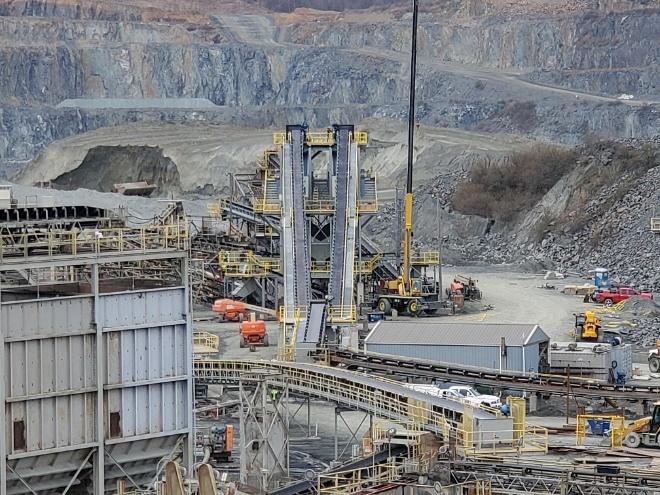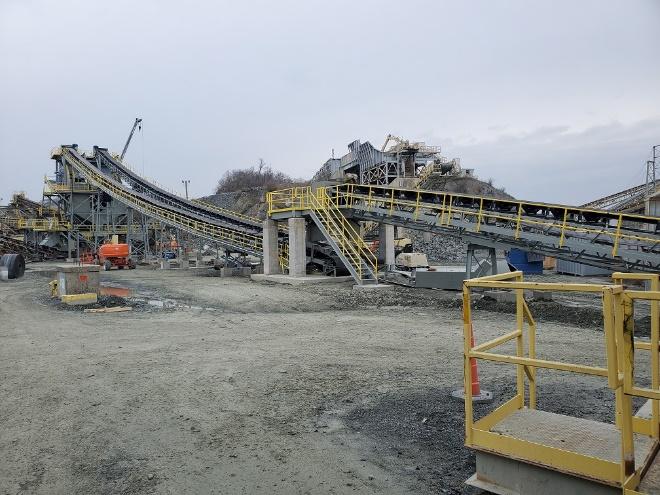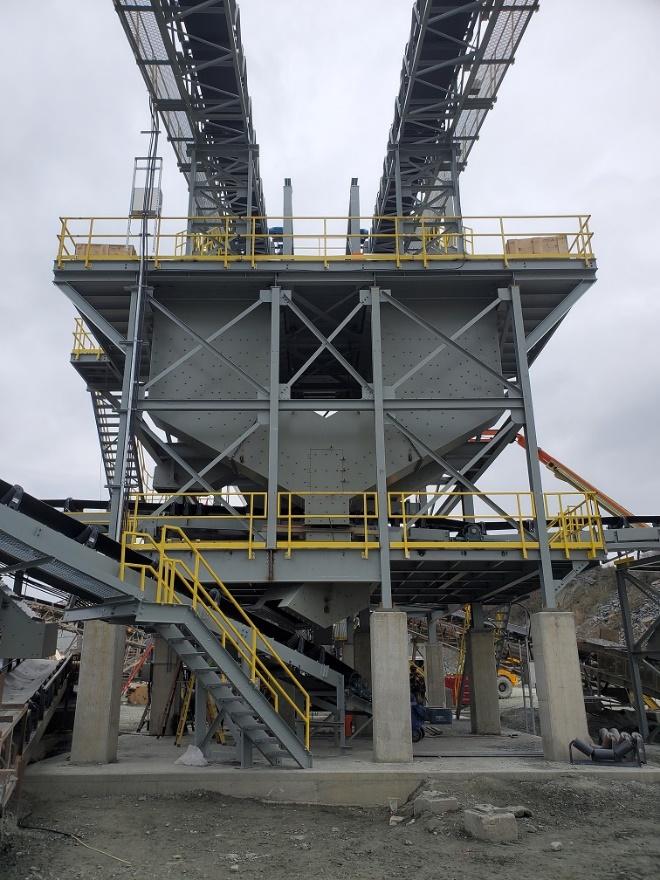The “Infrastructure Investment and Jobs Act” that was approved last year is going to be providing unprecedented funding for construction projects across the country. This legislation includes approximately $550 billion in new federal investments for rebuilding America’s roads, bridges, water infrastructure, and more. Approximately $110 billion is specifically designated for repairing and rebuilding roads and bridges.
It includes the largest federal investment ever in public transit, the single largest dedicated bridge investment since the construction of the interstate highway system, and the largest federal investment in passenger rails since the creation of Amtrack. This level of investment in infrastructure will present aggregate producers with historically high demand for materials, and a need to expand production, all with less internal engineering staff and technical resources during a significant labor shortage. The following discusses the advantages of using the Design-Build method of contracting as compared to the Design-Bid-Build method) to expand production and build new facilities and how to execute this strategy.

Here is a common problem that occurs and which can cost time and money when not using the Design-Build approach. A project, such as a new quarry, is evaluated and approved based on a budgeted estimate. An engineering firm is then hired to develop the final design. During this process, the owner and engineers, are excited to make this the best quarry ever built and add numerous features that were not included in the approved project. Everyone assures each other that the additional scope will not exceed the approved budget so the engineering proceeds to completion. The project is placed out for bid by several competent contractors and the bids come back 25% over the approved budget. The engineer defends himself and says that the contractors are charging too much and that his design should be within budget (although he may not have any idea). The bottom line is the owner spent the engineering dollars on a design that has no value and will not be built. It is a very frustrating experience and a significant waste of money and time.
With the Design-Build process, the contractor has a much better understanding of costs and constructability issues than design-only firms, and can better offer value engineering alternatives before any detailed engineering has begun. This knowledge also can be incorporated into the final design assuring it is in alignment with approved budgets and schedules. The contractor is in the best position to collaborate with the owner on opportunities to save dollars thru efficient designs.
Design-Build streamlines the process, resulting in an accelerated schedule and faster project delivery. Projects can be bid with conceptual designs and performance bid packages without taking the time to complete a final set of design drawings and bid specifications. This alone can save months. The advantage of not having to wait for the completion of the engineering for the entire project to start construction is also enormous. Often the construction can be started as soon as the foundation engineering has been completed. While the foundations are being built, engineering can proceed with the remainder of the project in a staged approach with construction or fabrication following close behind. This advantage can often reduce the project schedule by 25 or 30 percent as compared with the Design-Bid-Build method. Savings are also realized by eliminating the additional time required by the owner to coordinate and resolve disputes between the engineer and contractor during the construction. Utilizing the contractor’s engineer for the final design eliminates many of the potential design issues that could materialize using a separate design firm. The contractor’s engineers understand that if there is a design issue, the phone call goes directly to them and associated costs are the responsibility of the contractor.


How is the Design-Build method best implemented? Bid Documents are developed that include general arrangement drawings, process flow diagrams, and technical specifications on major items of equipment and materials. The importance of including both the operations and the technical groups within a company, as well as outside resources, as these documents are prepared can not be overstated. Often drawings and specifications are developed with internal staff in collaboration with a consultant. Selecting the Design-Build firms qualified to be invited to bid on the project certainly ranks towards the top of the list of important items to assure a successful project. A firm’s experience with providing design-build services on similar projects is an essential criterion in this evaluation. In addition to evaluating selected firms, focused consideration should be afforded to the experience of the key individuals that will responsible for the engineering as well as the construction. Several Design-Build companies specialize in providing these services specifically to the aggregate industry. Proposals from Design-Build contractors should include detailed information on exactly what is included as part of the contract to minimize any misunderstanding in the future.
There is little question that the “Infrastructure Investment and Jobs Act” will require that the aggregate industry develop a significantly increased capacity to meet the demand for building these new projects. Utilizing the Design-Build contracting strategy can save dollars, time, and result in a more efficient design and assure necessary performance is achieved as these projects are developed.
This article was written by Raymond Perr, P.E., Marketing Director of Industrial Resources, Inc. Industrial Resources, Inc. has been delivering processing and material handling facilities to the mining industry for over 75 years. Many of the projects were design-build in which performance was guaranteed. In addition to having an engineering group and a construction division, Industrial Resources has its own AISC-certified steel fabrication shop.
